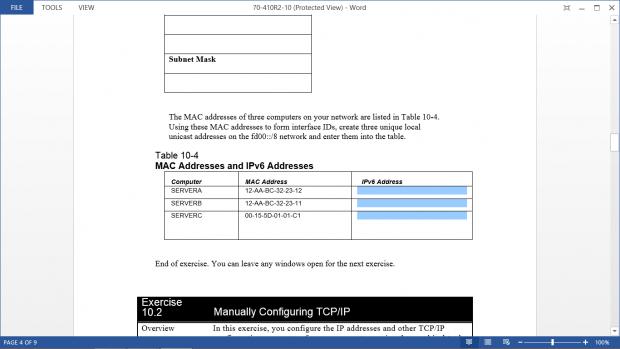

This bit identifies whether this Modified EUI-64 interface identifier is officially assigned or locally generated in other words, whether it is universally or locally administered. IEEE has chosen FFFE as a reserved value that can only appear in EUI-64 generated from the EUI-48 MAC address.įinally, the seventh bit from the left, or the universal/local (U/L) bit, needs to be inverted. The 16-bit value of FFFE is then inserted between these two 24-bit groups to form the 64-bit EUI address. The MAC address is first separated into two 24-bit groups, the first being the OUI (organizationally unique identifier) and the other being NIC-specific. The IPv6 Modified EUI-64 format address is created based on the 48-bit MAC address of the interface. This feature is an enhancement over IPv4 because it eliminates the need for manual configuration or DHCP.


The host’s MAC address is converted into a 64-bit identifier, called a Modified EUI-64, and this value is appended to a 64-bit network prefix learned by other means. Modified Extended Unique Identifier 64 (EUI-64) is the process that allows a host to assign itself a unique IPv6 address.


 0 kommentar(er)
0 kommentar(er)
